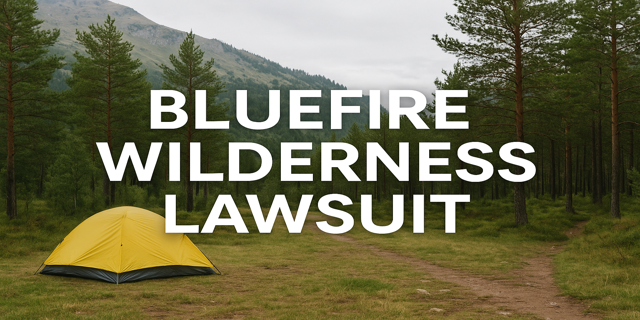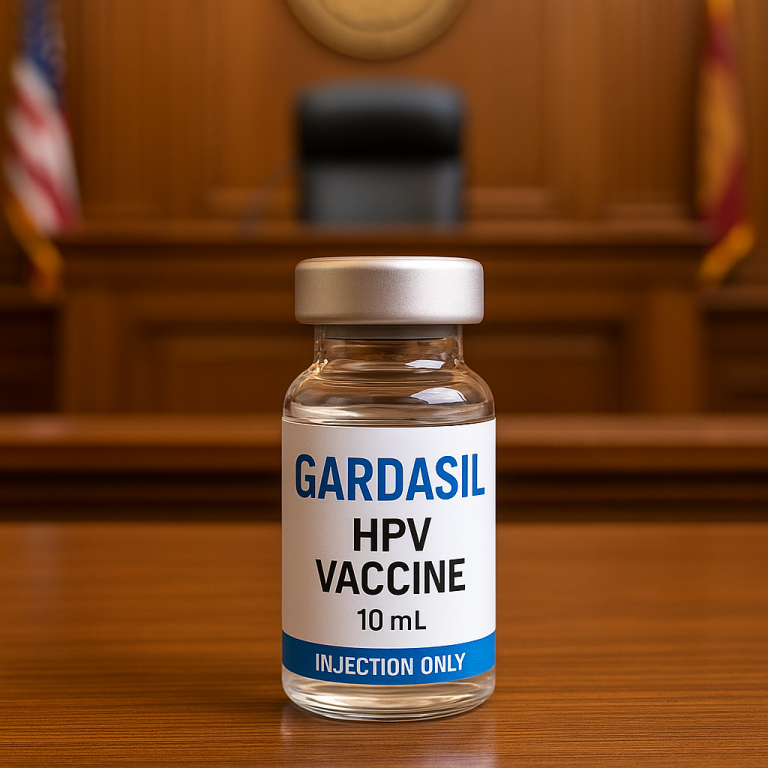The BlueFire Wilderness lawsuit has shocked families across the United States. BlueFire Wilderness, a teen therapy program in Idaho, promised growth and healing through nature. Parents enrolled their teens with hopes of positive change. Instead, several families now claim the program caused harm.
The lawsuit accuses BlueFire of neglect, unsafe practices, and emotional abuse. Families argue that the program overstated its benefits and ignored safety concerns. They claim staff lacked training to handle emergencies. Some teens allegedly suffered trauma instead of recovery.
BlueFire denies the allegations. It paused new enrollments and announced that it would review its policies. The legal process continues. Court filings reveal painful stories and serious charges.
This article explains the lawsuit in step-by-step detail. You will learn about allegations, legal progress, industry response, and what families can do to protect children. The stakes are high for wilderness therapy nationwide.
What Is the BlueFire Wilderness Lawsuit?
BlueFire Wilderness is located in southern Idaho. It markets itself as a therapeutic wilderness program. It combines outdoor activities like hiking, camping, and survival skills with counseling sessions. The target participants are teens and young adults facing behavioral or emotional struggles.
In 2023, families began filing lawsuits against the program. They accused BlueFire of failing to protect their children. Allegations included neglect, abuse, and misrepresentation. Court filings detailed accounts of emotional harm and unsafe conditions.
The lawsuit argues that BlueFire breached its duty of care. Parents say they trusted the program to provide treatment and safety. Instead, they claim the program exposed their children to danger.
The lawsuit continues in Idaho courts. Both sides present evidence and testimony. The outcome may reshape regulation and trust in wilderness therapy programs.
Allegations in the BlueFire Wilderness Lawsuit
The BlueFire Wilderness lawsuit contains several categories of allegations. Each reveals troubling claims about how the program operated.
Neglect and Safety Failures
Families describe multiple examples of neglect. Teens were allegedly left without enough food and water during long hikes. Some reported exhaustion and dehydration. Medical needs sometimes went unanswered. Parents claim BlueFire ignored signs of physical distress. Plaintiffs also cite poor supervision. Teens were allegedly left unsupervised during risky outdoor activities. Injuries occurred, and families argue they could have been prevented. Accusations also mention exposure to extreme weather without proper gear. These alleged failures suggest serious gaps in safety planning.
Physical and Emotional Abuse
Several families accuse BlueFire of using harsh discipline. Teens allegedly faced punishments such as forced physical exertion in unsafe conditions. Some describe being yelled at, shamed, or isolated. Emotional manipulation is another common allegation. Parents say teens returned home traumatized. Some reported anxiety, fear, or trust issues that worsened after the program. The lawsuit claims these practices caused long-term harm rather than healing.
Misrepresentation and False Promises
Families argue BlueFire marketed its program dishonestly. Ads and brochures promised safe, supportive, evidence-based therapy. Parents claim those promises proved false. The lawsuit highlights gaps in staff qualifications. Some staff lacked proper licenses or mental health training. Families argue the program exaggerated its expertise. They claim marketing overstated therapeutic outcomes. Parents argue they would not have enrolled their children if they had known the truth. These misrepresentation allegations form a central part of the lawsuit.
Legal Process and BlueFire’s Response
The lawsuit follows several stages:
- Filing of complaints. Families formally alleged harm, abuse, and neglect.
- Public statements. BlueFire denied wrongdoing and defended its operations.
- Internal investigation. BlueFire paused new admissions and began reviewing staff training.
- Evidence exchange. Lawyers gather documents, emails, and medical records.
- Depositions. Witnesses, parents, and staff provide sworn testimony.
- Possible settlement. Parties may negotiate compensation before trial.
BlueFire issued a strong denial. It said the program always prioritized safety. It added that staff followed professional guidelines. The program insists it complies with state regulations.
Still, BlueFire acknowledged concerns. It promised to improve communication, strengthen safety training, and monitor field activities more closely.
Voices of Survivors and Families
Parents and teens describe painful experiences in the program.
- One teen said they felt abandoned during hikes without enough water.
- Another reported being forced into stressful activities despite health issues.
- Parents described receiving vague updates instead of clear reports.
- Families said children returned home more distressed than when they entered.
These accounts highlight deep concerns. They illustrate how promises of healing turned into stories of harm. Survivors say they want accountability, not just money.
Broader Industry Impact
The BlueFire Wilderness lawsuit may influence the entire wilderness therapy industry.
- Regulation. Advocates push for stricter state licensing and federal oversight. Programs may face inspections and reporting requirements.
- Program standards. Industry leaders may enforce stricter training, medical screening, and emergency readiness.
- Public trust. Families may lose faith in wilderness programs. Enrollments could drop if safety is questioned.
- Legal precedent. Courts may set new standards of care for teen treatment programs.
Industry observers say the case could bring major reforms. Some predict national regulation. Others believe smaller programs may close if stricter rules arrive.
Summary of Key Lawsuit Details
| Aspect | Details |
|---|---|
| Alleged Issues | Neglect, abuse, misrepresentation, safety failures |
| Affected Participants | Adolescents seeking therapy for emotional or behavioral difficulties |
| Program Type | Outdoor therapy with clinical counseling |
| Legal Status | Lawsuit filed in 2023; discovery and testimony phases ongoing |
| BlueFire’s Position | Denies allegations; paused new enrollments; promised internal review |
| Industry Implications | Possible regulatory reforms, accreditation standards, higher oversight |
| Family Recommendations | Verify staff licensing, ask about safety, demand clear communication |
Parental Guidance and Precautions
Parents considering similar programs should take careful steps:
- Request proof of staff licensing and mental health training.
- Ask about emergency procedures for medical and weather risks.
- Confirm accreditation or third-party oversight.
- Speak with past participants about their experiences.
- Demand written policies on discipline and safety.
- Ensure you have access to regular, detailed progress updates.
- Explore alternative therapies that emphasize trauma-informed care.
These steps reduce risks and build trust. They help parents choose safe, ethical care for teens.
Ethical and Social Questions
The lawsuit raises broad ethical questions. Should teens face intensive outdoor treatment without strict safeguards? How do families give informed consent without full disclosure? Can programs balance outdoor challenges with genuine therapeutic safety? These questions extend beyond BlueFire. They challenge the values of wilderness therapy. Many experts now push for evidence-based practices and independent monitoring.
What Comes Next
The lawsuit will continue through evidence review and hearings. Settlement talks may occur if parties seek resolution. If no settlement happens, the case may go to trial. Meanwhile, regulators may launch their own reviews. Industry groups may tighten voluntary standards. Families and media will track updates closely. The outcome will decide accountability for BlueFire. It may also define new rules for wilderness therapy programs nationwide.
Conclusion
The BlueFire Wilderness lawsuit represents a turning point for wilderness therapy. Families accuse the Idaho program of neglect, abuse, and false promises. They say teens faced unsafe conditions, emotional harm, and unqualified staff. BlueFire denies wrongdoing but paused new enrollments and began internal reviews.
The case now moves through discovery and hearings. Parents demand accountability. Teens share painful experiences of fear and harm. The lawsuit could reshape regulations across the wilderness therapy industry. Stronger oversight, clearer rules, and higher transparency may result.
For families, this lawsuit is more than a headline. It is a reminder to demand safety, proof, and open communication before trusting treatment providers. Wilderness therapy may help some teens, but only under strict safeguards. The outcome of this case could decide whether nature-based therapy continues with credibility—or loses public trust. Families everywhere will be watching.




